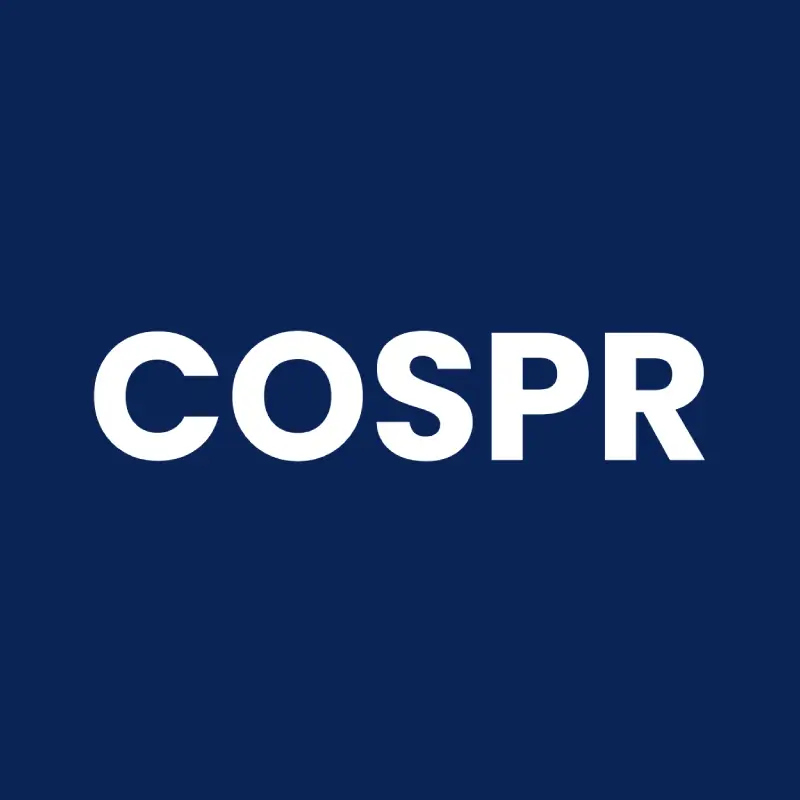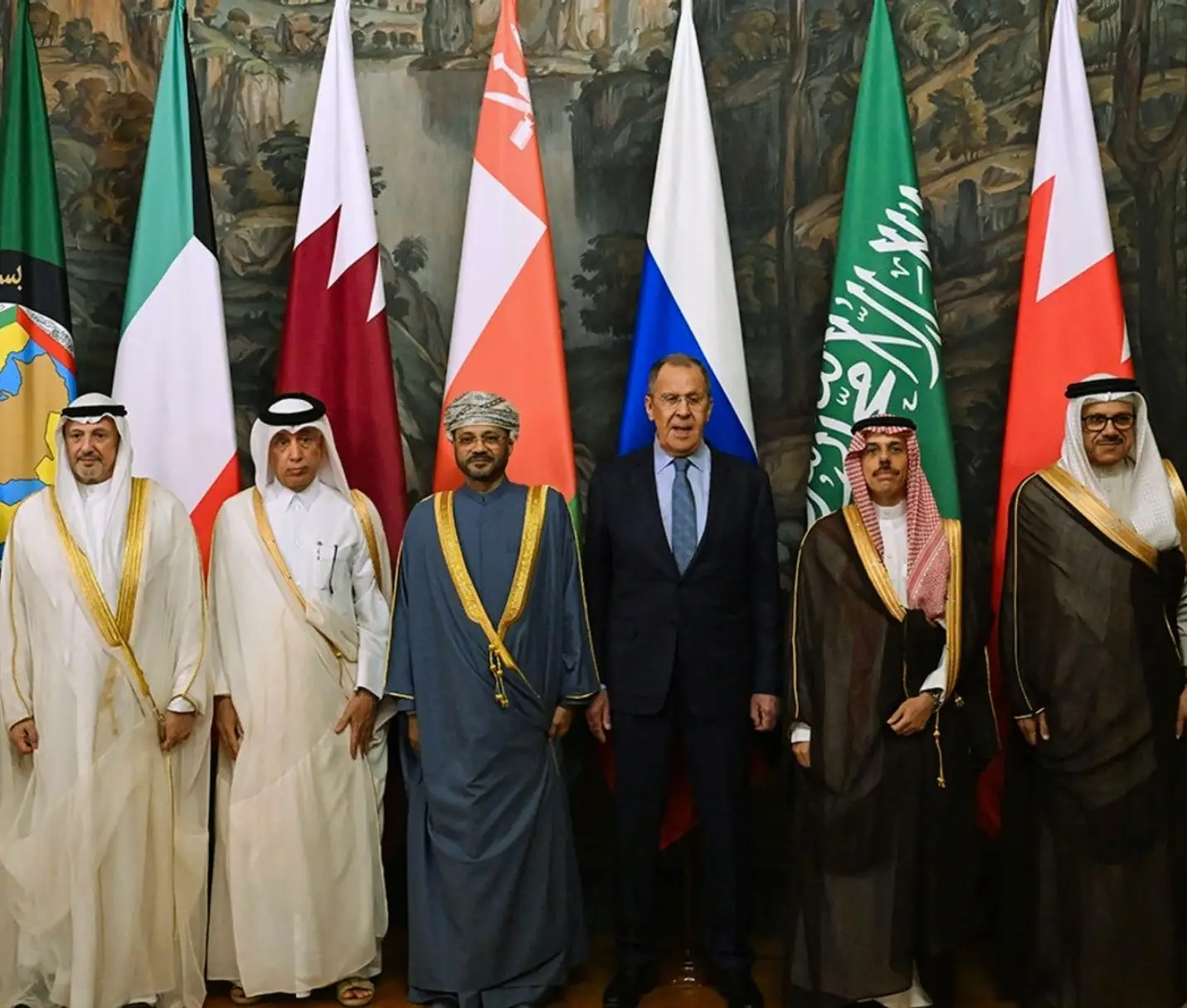With the evolving geopolitical dynamics, Donald Trump has reshaped the American political landscape in a manner unparalleled since Ronald Reagan. His influence has extended beyond domestic affairs to redefine ideological boundaries and setting the stage for potential global realignments. It’s highly likely that Trump’s policies may fundamentally alter the international order. The contemporary global system often referred to as Pax Americana, liberal order or rules-based international framework mainly emerged from a tumultuous Eurasian century. The defining conflicts of modern history have centered on controlling the Eurasian continent with devastating human consequences but also giving space to transform international order. This system has ensured extended periods of peace among great powers, economic prosperity and dominance of democratic governance. Following the period of Cold War, United States endeavored to expand and solidify this order. However, the rigorous struggle for Eurasia is now underway leading to challenge the stability of this system on multiple fronts.
Across Eurasian strategic peripheries, revisionist states are challenging the existing order. China, Iran, North Korea and Russia are actively undermining regional stability and possibly forging alliances that counteract liberal democratic principles and advance their authoritarian agendas. The specter of conflict, whether overt or through coercive means, looming largely. The fundamental fear of last century that Eurasian aggressors could undermine global freedom by pushing tyranny has resurfaced with renewed intensity. Trump does not fit the traditional mold of an American leader dedicated to uphold international order. His foreign policy approach is primarily shaped by nationalism with priority to unilateral advantages, economic gains and strategic dominance. It is believed that Trump views global interactions through a zero-sum perspective and explicitly perceiving past American commitments as exploitative arrangements that have disadvantaged USA. Nevertheless, Trump intuitively grasps a fundamental truth that many proponents of liberal internationalism overlook: global order is sustained through power and maintaining it requires continuous exercise. During his first term, this understanding prompted an often-disorderly adaptation to an era defined by intensifying geopolitical rivalries. A second term could see Trump applying this perspective to a foreign policy that exerts pressure on both adversaries and allies to reinforce the defense mechanisms of free world. The ambition of globalizing liberal order is now obsolete; instead, Trump may focus on preserving core achievements by maintaining a balance of power against Eurasian revisionist forces.
The challenge, however, lies in whether Trump can consistently harness his most strategic geopolitical instincts rather than succumbing to his more disruptive tendencies. Should he pursue the latter course, United States may not withdraw from global affairs entirely but instead adopt a posture that is more aggressive, unilateral and dismissive of liberal principles. This shift would not signify isolationism but rather a transition toward a more erratic superpower that exacerbates global instability and inadvertently aids adversaries to dismantle the very order it once led. In addition to this, Eurasia has historically been the fulcrum of global power struggles. With its vast population, abundant economic resources, formidable military capabilities and control over this continent has often dictated global supremacy. The world has repeatedly been drawn into conflicts over Eurasian dominance. In World War I, Germany sought to establish a European empire stretching to the Caucasus. World War II saw authoritarian forces sweeping through Europe and Asia and seeking territorial expansion deep into Eurasia. The Cold War witnessed USSR constructing an extensive sphere of influence and waging a prolonged ideological battle against capitalist world. While these conflicts wrought immense destruction and raised the specter of nuclear catastrophe, they also paved the way for structured global governance. The world wars led to the formation of transoceanic alliances with integrating United States into Old World strategic affairs. The Cold War further entrenched American leadership in global security to promote cooperative frameworks that mitigated potential conflicts within Western Europe and East Asia. Moreover, United States played a crucial role to suppress autarkic tendencies and radical ideologies to ensure economic integration that facilitated democratic expansion.
The post-Cold War era saw an ambitious American effort to universalize this order. United States maintained and expanded its Eurasian alliances towards positioning them as pillars of stability. By promoting democracy and free markets, Washington aimed to portray that prosperity and security could be achieved within the framework of a liberal international order. However, to authoritarian regimes seeking to expand their influence, this system appeared more as an imposition rather than an opportunity. China and Russia may get advantage of economic benefits provided by American led system to finance their geopolitical ambitions. Simultaneously, American overreach in Afghanistan and Iraq weakened its strategic position rendering it less capable of countering emerging threats. Today, international arena is marked by escalating conflicts and power struggles. Russia’s war against Ukraine is not merely a territorial dispute but an effort to reconstruct a post-Soviet sphere of influence against European security. Iran, through regional proxies, is challenging USA and its allies while advancing its nuclear ambitions. North Korea continues to enhance military capabilities with the aim of altering balance of power on Korean Peninsula. Meanwhile, China is positioning itself as a global hegemon ad rigorously employing economic coercion and military expansionism to assert dominance in Indo-Pacific region.
From Eastern Europe to East Asia, revisionist states are actively reshaping the geopolitical order. Putin’s assertion that strong states can absorb weaker ones, China’s maritime aggression and suppression of dissent in authoritarian regimes collectively signal regression toward a world, where power dictates legitimacy. The formation of strategic alliances among these states; likely Chinese partnership with Russia, Iran’s cooperation with Moscow and North Korea’s military collaboration with Russia substantiates emergence of a coordinated opposition to the American led order. More specifically, Trump’s position in this evolving landscape is fraught with contradictions. While his policies have challenged liberal order, they have also forced necessary recalibrations. His recognition of strategic vulnerabilities created by globalization, insistence on increased defense contributions from allies and his prioritization of great-power competition over ideological expansionism reflect a shift toward a more pragmatic, albeit contentious, approach to global governance. However, Trump’s capacity to implement these strategies effectively remains uncertain. His administration has been marked by internal conflicts and inconsistent policies. While he has recognized and responded to challenges posed by rival states, his unstructured decision-making process often undermines long-term strategic goals. A second term could either solidify his role as a reluctant stabilizer of liberal order or hasten its decline through erratic governance.
The broader question is whether Trump’s foreign policy represents reform or revolution. While his first term was characterized by adjustments rather than radical departures, the possibility of a more extreme “America First” agenda looms large. This could manifest in weakened commitments to NATO, disengagement from Eurasian conflicts and a retreat from alliances that have long underpinned global stability. Such a shift would not signify isolationism but rather a more transactional and unpredictable international stance, one that could embolden revisionist powers and destabilize key regions. Ultimately, Trump’s leadership embodies a paradox. His presidency presents opportunities to reinforce the liberal order through strength and strategic recalibration. Yet, it also carries risk of dismantling the very system it seeks to preserve. The world must prepare for the possibility that under Trump’s leadership, United States could either fortify global stability or accelerate disentanglement. The trajectory of his second term will determine whether America remains the guardian of international order or the most formidable disruptor.






